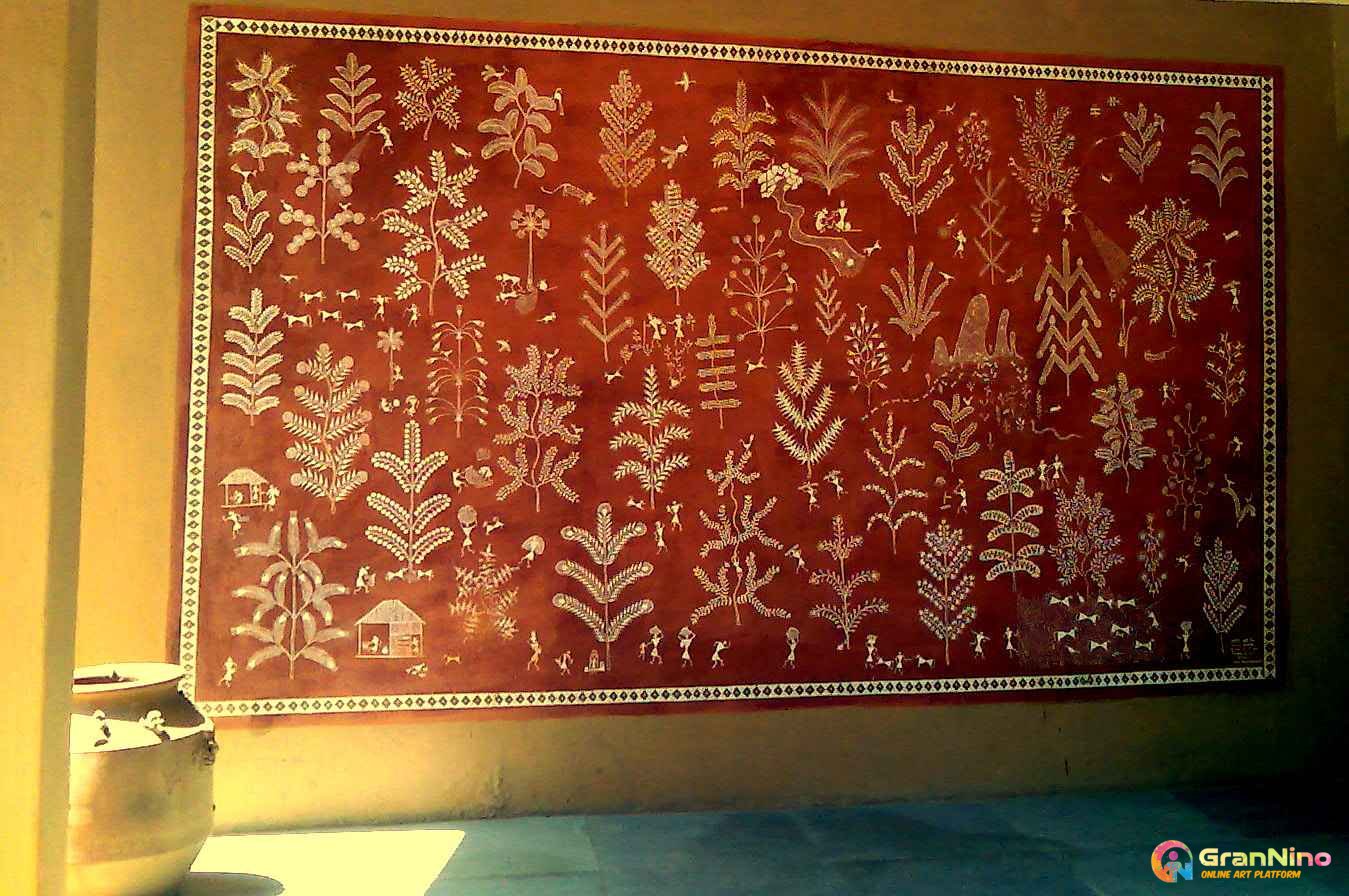Difference Between Oil and Acrylic Painting
Oil paint was invented long ago. Oil paints were first used in Asia as early as the 7th century AD. The oldest known oil paintings are Buddhist murals created almost at 650 AD. The paintings are created by walnut and poppy seed oils. The paintings are located in cave-like rooms carved from the cliffs of Bamiyan Valley of Afghanistan. Later it was used by most famous artists like Vincent Van Gogh, Leonardo da Vinci, Pablo Picasso.
On the other hand, Acrylic paintings are products of acrylic paints, which is a fast drying water based paint used by most artists. It is a mix composition of latex (watercolor) and oil paints.
The acrylic paint was invented by Otto Rohm and introduced around 1934 by Leonard Bocour and Sam Golden. Later it was used by most famous artists like Andy Warhol, David Hockney, Robert Motherwell.
On the contrary, We need to understand acrylic paint and its components in order to understand acrylic paintings better. The ingredients used to create acrylic paints include plasticizers, silicon oils, defoamers, stabilisers, metal soaps, etc. The pigments are suspended in water-soluble acrylic resins or acrylic polymer emulsions. Interestingly, acrylic paint is water soluble but becomes water-resistant after drying.
But, Depending on the amount of diluted paints with water, or depending on the acrylic gels or paste density, the same completed acrylic painting might resemble a watercolor, gouache, or oil painting, or have its own distinct features not achievable with other media.But unlike the oil paint, the acrylic paint dried up rapidly. The acrylic paint can resist heat better than other types of paints, as it contains high heat resisting silicon resins as binder, also acrylic paint is more resistant to both water and ultraviolet light.
In opposition, One of the finest paints for resistance to water and heat is acrylic. Acrylic paint is applied on walls, wood, canvas, and the majority of other surfaces—including those that will be outside—for this reason.
Although, Acrylic Paint have the ability to bond to many different surfaces, and mediums can be used to modify their binding characteristics. Acrylics can be used on paper, canvas, and a range of other materials. Acrylic painting on canvas are the most popular painting ideas for most artists.
Instead, Acrylics may be used to create effects that imitate watercolors and other water-based mediums when applied in thin layers or washes. Gel and moulding paste are occasionally used to produce paintings with relief elements, and they can also be used to construct thick layers of paint. Acrylic paint's ability to impart both the transparency of watercolor and the roughness of oil paint makes it beautiful to use, but still acrylic paintings dried up quickly and lasts comparetively less duration as compared to oil paints.
Yet, When handled properly, acrylics are generally quite safe to use. However, some acrylic paint is not eco-friendly as it contains propylene glycol and other substances that are harmful to the environment but not for individuals. In a similar manner, acrylic paints are vegan because they are made from acrylic polymer resin and pigment.
Article Details
Publish Date: 12/12/2021
Related Tags:
oil oil paint oil painting ideas oil for beginner oil painting ideas acrylic acrylic color acrylic painting ideas acrylic for beginner acrylic painting ideas
Advertise Here Contact us

SUBSCRIBE TO OUR NEWSLETTER
Most Asked Questions:
- Q. How history is influenced by Oil Painting ?
- Answer: Oil painting is the most preferred painting style and practiced by most artists around the world. Oil paint was invented long ago. Oil paints were fi....Read More
- Q. What is used to make Oil Painting?
- Answer: The oil paint is made by mixing color pigments with drying oils like poppy seed oil, walnut oil, linseed oil, safflower oil etc. The viscosity of the ...Read More
- Q. How is the popularity of Oil Painting among Artists ?
- Answer: Oil paint allows the artist to achieve a broad range of opacity and intensity in their work. It lets you to layer multiple colours and blend them toge...Learn More
- Q. Explain the difference between Oil Painting and Pastel Painting ?
- Answer: Pastel Painting is a form of painting that involves the use of pastel sticks made from pow......, On the other hand, Oil painting is the most preferred paint.... Know More
- Q. Where can I buy Oil Painting (on Canvas) without commission?
- Answer: If you are looking for best Oil Painting for commission free purchase, you can check here.
- Q. How to sell Oil Painting online?
- Answer: If you are looking for best place to exhibit and selling Oil Painting , you can try GranNino. GranNino provides free art exhibition and commission free art selling.



















